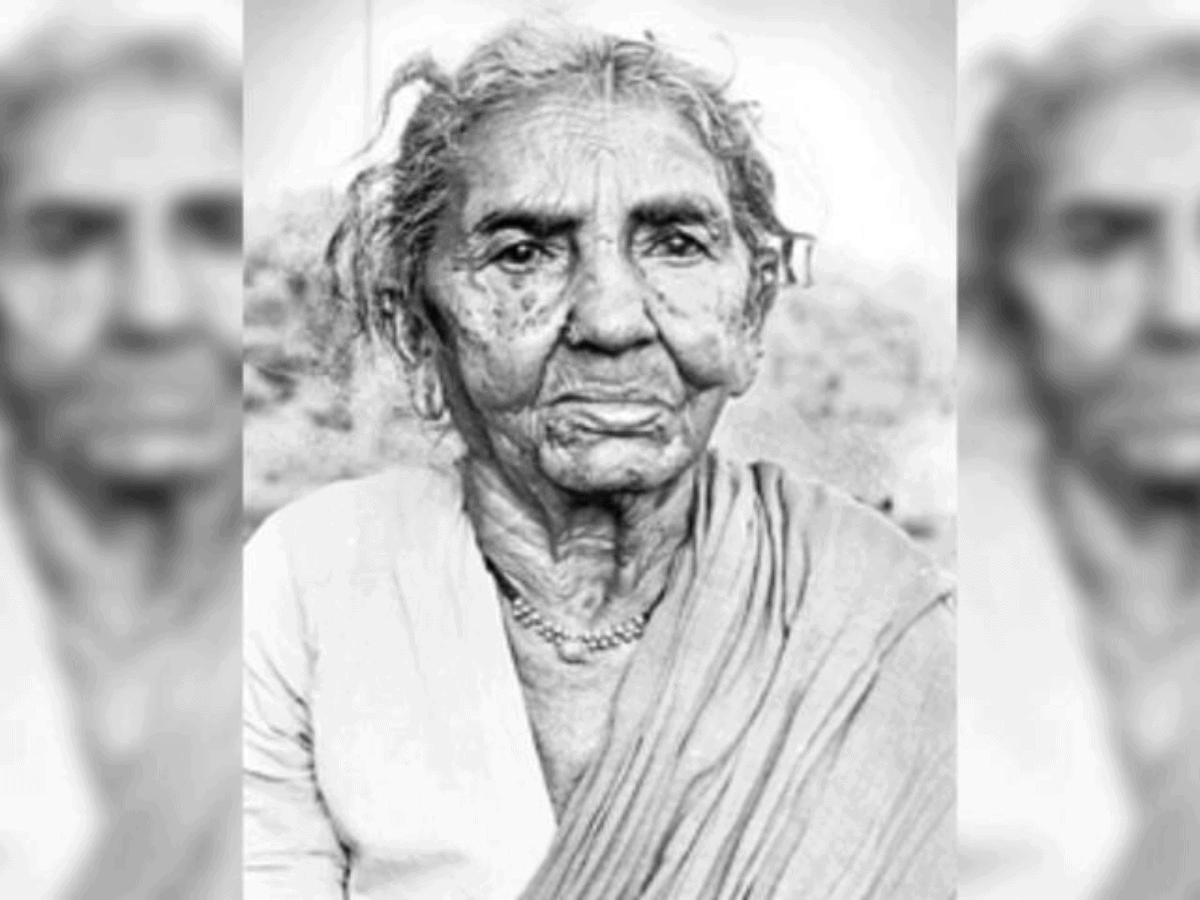
Hyderabad: On occasion of Chakali Ailamma’s birth anniversary, chief minister K Chandrashekar Rao will pay tributes to the icon of Telangana’s Armed Struggle Chityala (Chakali) on Monday.
Remembering Ailamma’s services and her bravery during the Telangana armed struggle (1946-51) which inspired “democratic struggles”, the CM, in a press release on Sunday praised her courage displayed during the Telangana armed struggle for land, food, and liberation from slavery.
“Ailamma’s life is the testimony of the state’s soil that has the fighting spirit. The state government is striving hard for the rights of its people with the spirit of Ailamma’s self-respect struggles,” the release said.
The statement was released in the backdrop of Telangana National Integration Diamond Jubilee celebrations.
Operation Polo
As the British formally partitioned India and left on August 15, 1947, the whole country rejoiced. However, princely states that functioned semi-independently under the British crown, had not been fully integrated. The princely state of Hyderabad in fact joined the country much after independence, and it was not voluntary. The Indian army had to be sent to do the task.
After months of deliberations and talks with Mir Osman Ali Khan failed, the Indian government finally decided to send its army to annexe (or merge, as some call it) the erstwhile princely state of Hyderabad to India with force. It began on on September 13, 1948 and concluded in about five days on September 17.
Called Operation Polo or Police Action in local parlance, it has left deep scars on the psyche of Muslims even decades later, as thousands had lost their lives in the aftermath. Moreover, another major reason for sending in the army was the Communist Party of India (CPI)-led Telangana Armed Struggle (1946-51).
It was essentially a peasant uprising against feudal Jagdirdars (landlords) in the Hyderabad state. It had begun much earlier in 1946. Wary of a communist takeover, the Indian government also wanted to crush the communist movement, which continued till 1951. The CPI called it off on October 21, 1951 and joined the Indian democratic system.
Chakali Ailamma, from Palkurti in Warangal district, was one of the first people to revolt against her landlord.
The background of the Hyderabad state
While Hyderabad as a city was more or less a capital with all modern day amenities and infrastructure by the 1940s, there was also a dark side to it, especially in Telangana’s districts. The rural areas were marked with extreme oppression by state-appointed Jagirdars (landlords), whose main task was to collect revenue (taxes and rent) from farmers and give it to the state. The jagirdars were anything but benevolent or kind.
In fact, that extreme feudal oppression also led to the Telangana Armed Struggle (1946-51), which continued even after Operation Polo. Vetti Chakiri (bonded labour) was also commonplace in rural Telangana, wherein lower-caste folks were forced to service the higher castes and the landowning class. More than that, the Nizam himself had directly owned 10% of the state’s lands, while 60% of it were revenue lands (Diwani), and 30% were under the Jagirdars (Telangana People’s Struggle and its lesson: P. Sundarayya).
Bonded labour and forced collections are believed to be the main reasons behind the uprising, which began in 1946, and officially ended in 1951, till the communists decided to contest elections. Some of the tallest CPI leaders from Telangana then were Makhdoom Mohiuddin, Ravi Narayan Reddy, Arutla Kamala Devi, Ch. Rajeshwar Rao, etc.



